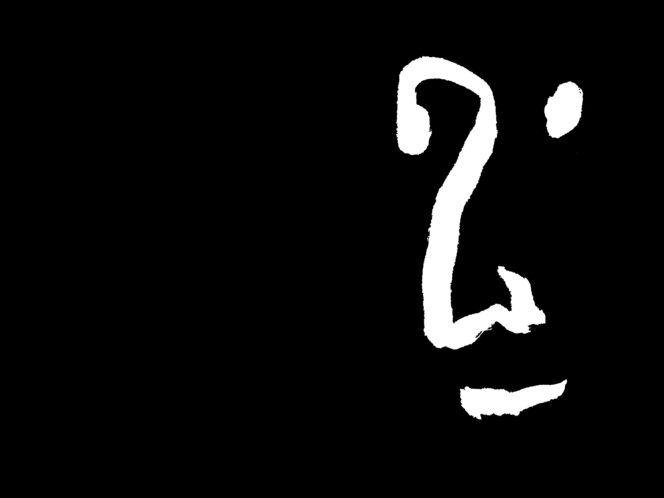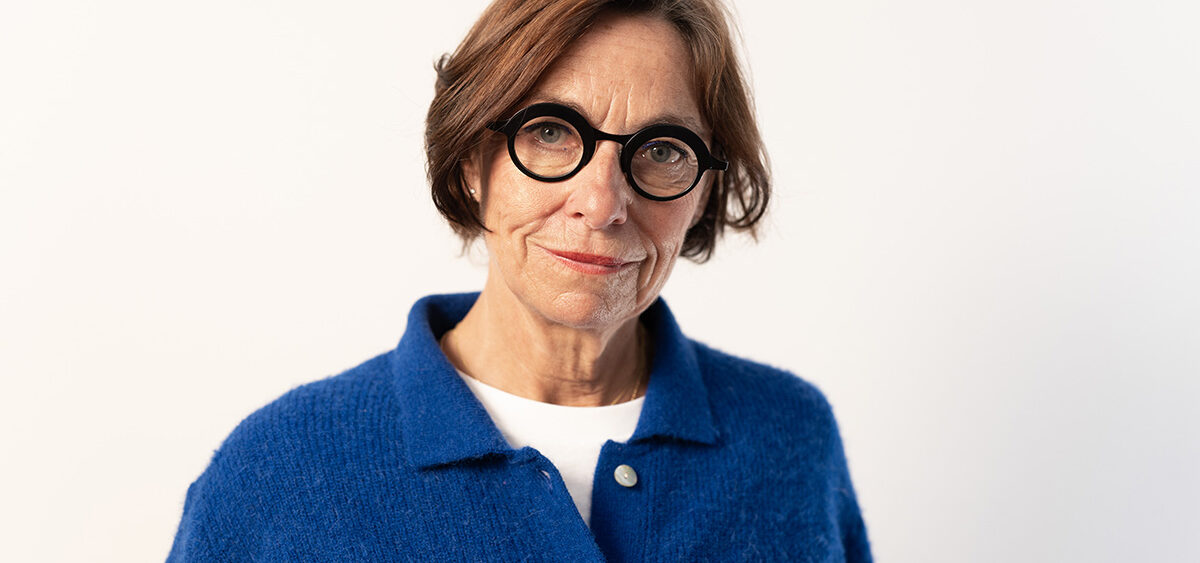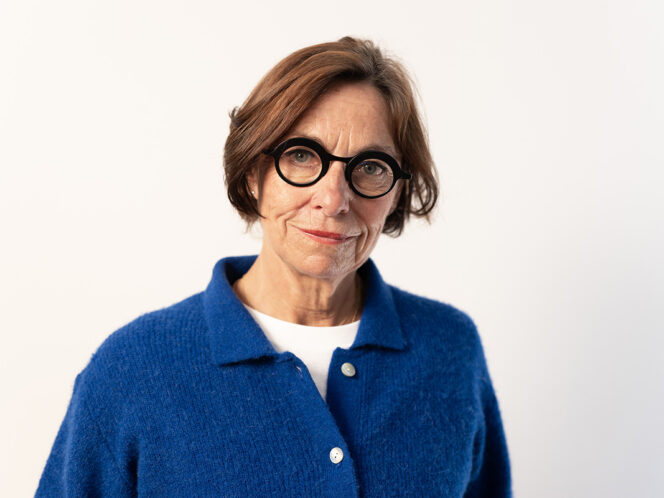
It is possible to prepare for one’s own death, to soothe one’s fear, instead of making the inevitable taboo. Buddhism offers insights on coming to terms with transience and making use of the time we have.
In contemporary culture, death is taboo. We avoid talking about it and are at pains to hide the fear it inspires. Practicing Buddhists, on the other hand, spend a lifetime preparing for this final demise. Despite numerous differences, you can find many similarities between the Eastern and Western approaches to death.
We’re all going to die—that much is certain. Despite scientific discoveries and medical advancements, no matter how much we take care of our physical and mental health, regardless of age, appearance, and religious beliefs; no matter where we come from, one thing remains unchanged: memento mori. This phrase, repeated over the centuries, has appeared like a refrain on tombstones, in books, sarcophagi, and chapels—and still, it holds the same truth today.
Death is something most people fear, that much we already know. Anxieties can stem from the irrevocable end of one’s existence, or the transition to another mode of being. If the latter is true, then the question becomes what is concealed behind the curtain? While still being mindful of the inevitable, it is possible to alleviate the sense of dread and thus lead a better life.
At first glance, it would seem religion and philosophy offer divergent answers to these questions. But in taking a closer look, it is clear that the means may be different but the goal is the same.
A Vision of Reincarnation
For many people, reincarnation is the first thing that comes to mind when they hear the word “Buddhism.” The uninitiated are likely to regard this idea as a promise of eternal life. Or, that people do not vanish from the world after death; the soul is not doomed to an eternal sojourn in heaven or hell, preceded, in some circumstances, by a period in purgatory. Instead, and quite simply, souls move on from one life to another. Nothing ends, and we start over each time. Despite these common misconceptions, Buddhist thought is founded on the opposite idea.
What Buddhists are after is not a sequence of incarnations, but a release from the cycle of rebirth. This ring of birth and death is called sansara, or samsara, which—








